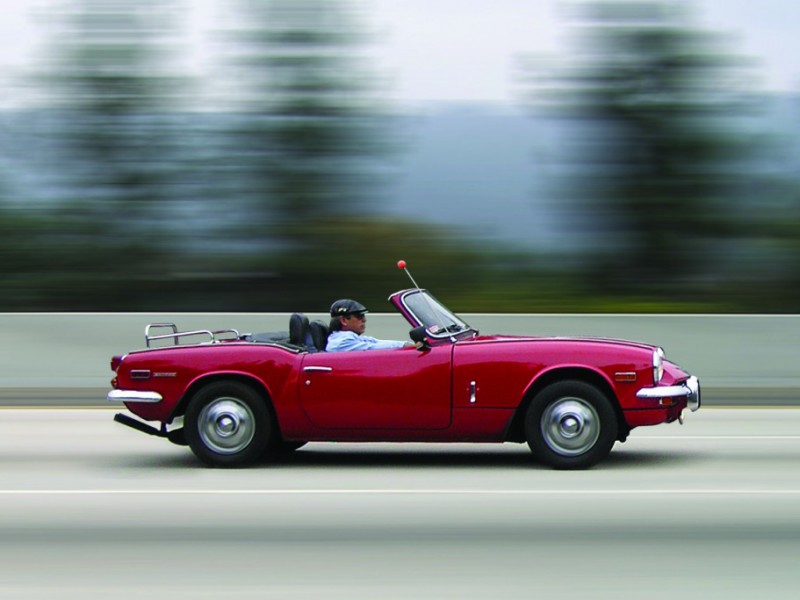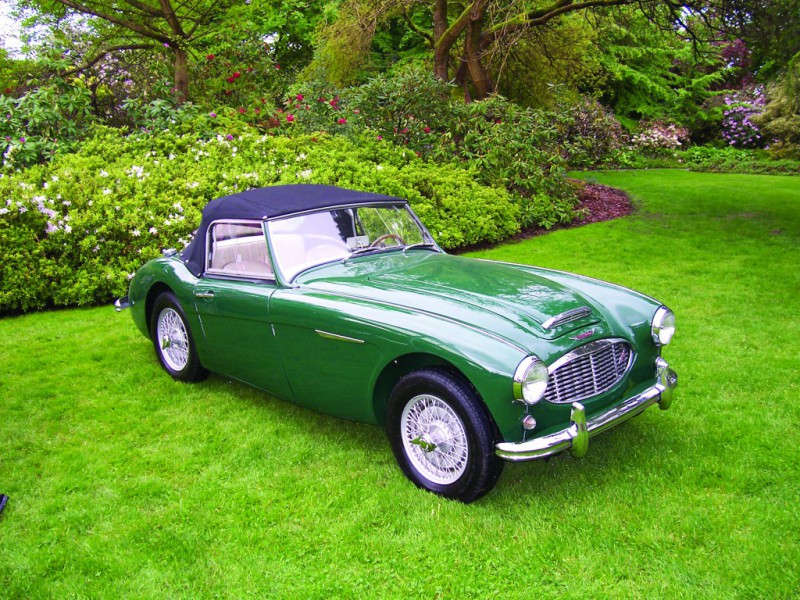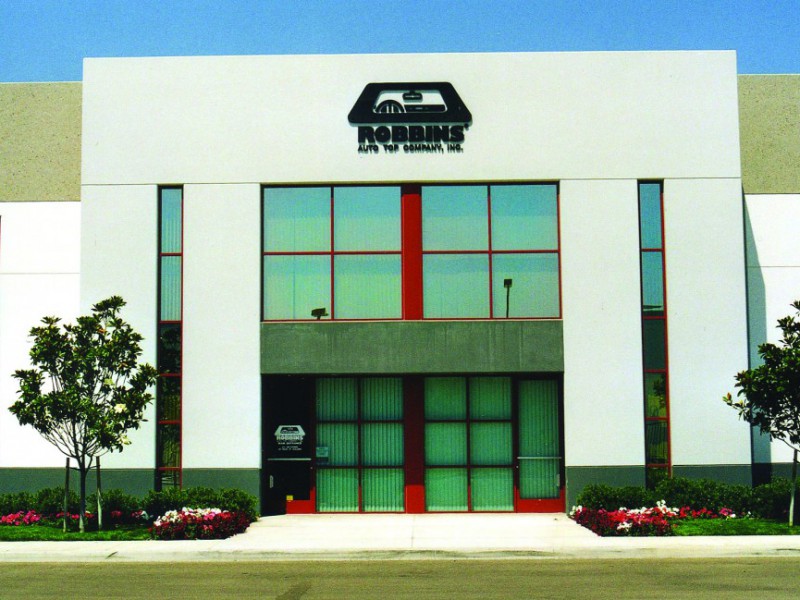By Pete Hylton
At the age of 45, I decided on a career change. Leaving a job as an engineer in the aerospace industry, I took a position as a professor of Mechanical Engineering Technology for Indiana University Purdue University Indianapolis, home of the IUPUI Jaguars. One thing I did not leave behind was a life-long interest in sports cars and motorsports. When the dean of my school announced his plan to create a motorsports program within IUPUI, I was the person he picked to be the program’s director. My task included creating both courses and projects for the new program. I decided that we should construct a racecar as a student project. Of course, for that we needed a car.
At a Sports Car Club of America (SCCA) convention, I was speaking about my small collection of MGs (’48 TC, ’70 MGB-GT, and ’76 Midget) when one of the attendees offered me another MGB-GT if I would simply remove it from his barn. As soon as I saw the GT, my instincts told me that this would be the new racecar, despite non-existent floor boards, rocker panels swiss-cheesed with rust holes, and a five-story mouse condominium under the hatch. Few who saw her believed in my vision. Nonetheless, with a limited budget, but lots of available student labor, we set off building a racecar.
The first step was to regain some of the structural integrity. After welding steel beams across the door openings to keep the car from folding in half, we cut out all that remained of the rocker panels and floorboards, and completely reconstructed the mid-section of the car. Meanwhile, one of my senior design teams went about designing a roll cage system that would not only provide driver protection but also further stiffen the car as well. After building a 3-D computer model of the cage and performing finite element stress analyses on it through finite element analysis services, the team fabricated the bars and installed them in the car.
At the same time the engine had been pulled, and along with a spare that we acquired from a junkyard, we began a teardown and rebuild in the school’s Internal Combustion Engines class. Another senior design team took on the task of designing the fuel cell and delivery system. Students from the Introduction to Motorsports class prepared the body for painting and installed driver safety equipment. One of our Computer Graphics Technology classes held a competition to design the graphics for the car, which was won by an Interior Design major. The next semester’s seniors reinstalled the engine and rewired the car, building a new instrument panel. By the time the car was painted in school colors of maroon, gold and black, with a large IUPUI Jaguars logo on the hood and jagged claw mark graphics down the sides, no one doubted that a racecar was being born. Those who had helped clean out the mouse condo and remove the floorboards could hardly believe that it was the same car.
In the fall of 2006, just 15 months after leaving the barn, the car now christened “Catherine” or “Cat” for short, had her first shake-down run at an SCCA autocross. She ran hot and was fuel starved at high rpm, but she ran, she won her class, and no major pieces fell off. The debut event had been a low speed event by choice, because no suspension work had been done yet. Over the winter the Vehicle Dynamics class took on that challenge, completely rebuilding the underside of the car, as well as converting the rear brakes from drum to disk.
In May 2007, almost exactly two years after coming to Indiana, Cat ran her first real race, the SCCA Spring Sprints at O’Reilly Raceway Park west of Indianapolis. The driver was a young lady who holds an SCCA Competition License, and is also an IUPUI Organizational Leadership and Supervision major. In the pits giving signals to her was an IUPUI English major, making the effort not just a completely student team, but a well-rounded and interdisciplinary one at that. The team finished the weekend with a first and a second in SCCA’s G Production class.
The car has been the centerpiece display for several major conferences, proudly displaying her MG logos, her IUPUI Jaguar emblems, and her IUPUI Engineering Technology decals. Although there is still much fine-tuning to do, the work done to date, virtually all by students has been quite impressive. With the right inspiration, concerted effort, (and more than a few new parts from Moss Motors) any project can be accomplished… even turning an MG into a Jaguar.
Tips from Peter:
1. You can turn a restoration project into anything you want. All it takes is persistence, passion, and a good source of parts.
2. For best results, match your car to your objective. I had a choice of three cars when the project to build a racecar began. Despite the fact that a racecar needs to be sturdy, I picked the one in the worst condition. If the chassis needed stiffening anyway, why not start with the car with virtually non-existent rockers and floorboards. That way we could just cut them out and rebuild it the way we needed it.
3. Respect old, rusted parts. Don’t throw them away. You may need them to order the right new part, or to serve as a gauge when you fabricate your own. They may also help you figure out the reassembly process.
4. Don’t get discouraged. Not even when all the parts coming off are junk and the pile of rust on the floor is huge. Not even when you discover the giant mouse condominium in the trunk. Remember, persistence, passion, and good parts will restore anything.
5. Bond with your car. Every car I own is a personal friend. I name them. I talk to them. Sometimes they talk to me. Don’t call me crazy. You are more likely to give up on an impersonal, inanimate object than on a friend. You’ll be passionate about working to save a friend. And, passion is one of the three keys, remember.
6. Make notes. Draw sketches. Take pictures. Label things. Eventually it all has to go back together. Don’t trust your memory. It, like your car, is not as young as it once was.
7. Have a good, reliable source of parts. A parts car is a good idea. A supplier that greets you as a frequent customer and helps you through your order to make sure you get the right parts is invaluable. I use Moss Motors for the vast majority of my new parts and have never been disappointed.
8. Have a picture of the finished product in your mind. When things are looking bleak, close your eyes and picture the end result. If you can see it, you can do it.
All it takes is persistence, passion, and good parts.








'How to Turn an MG into a Jaguar' has no comments
Be the first to comment this post!